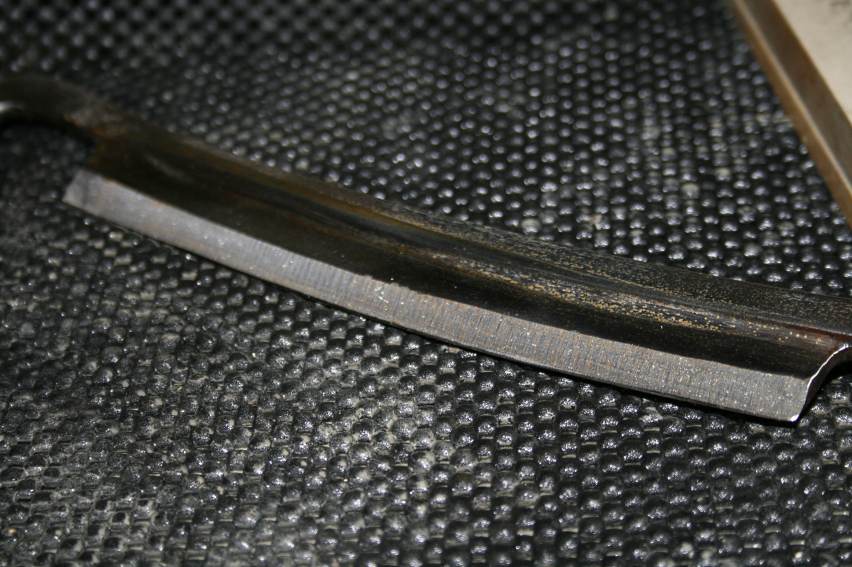Jacob
What goes around comes around.
I've used contraptions too and found things got a lot easier when I stopped!
That Galbert thing is very typical - unnecessary, expensive, over engineered device and most likely time consuming. Like so many of these gadgets it has a superficial logic about it which would attract the beginner - but it would also defer acquisition of the fairly simple and valuable skill of doing it freehand.
nb Galbert's gadget presumably requires prior hollow grinding on a wheel, which is another reason to avoid using it.
That Galbert thing is very typical - unnecessary, expensive, over engineered device and most likely time consuming. Like so many of these gadgets it has a superficial logic about it which would attract the beginner - but it would also defer acquisition of the fairly simple and valuable skill of doing it freehand.
nb Galbert's gadget presumably requires prior hollow grinding on a wheel, which is another reason to avoid using it.
































